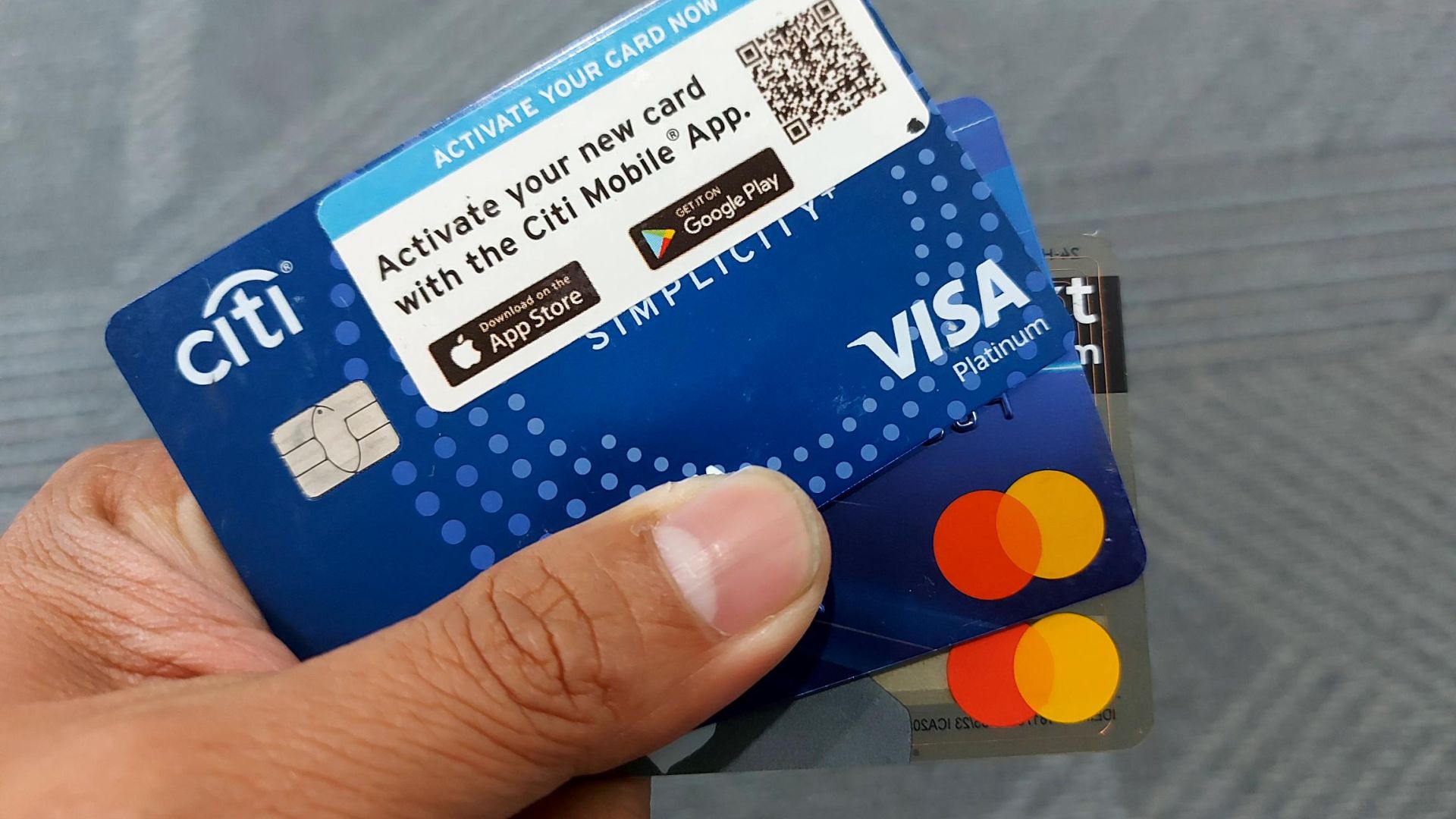
Committed to enhancing credit card literacy, the Credit Card Association of the Philippines (CCAP) is simplifying common and complex credit card terminologies to bridge the gap between regulatory language and everyday understanding.
CCAP, composed of 16 member institutions, is launching a campaign to make these terms easily understandable to all credit cardholders.
The simplified credit card terminologies will be shared across CCAP’s social media platforms such as Facebook, Instagram, TikTok, and YouTube, utilizing engaging formats like comics and videos. This initiative aims to ensure that credit cardholders can easily grasp the essential information, promoting better financial decision-making.
“By fully understanding the credit card terminologies, consumers can reap the full benefits of their credit card such as using it interest-free by paying in full on or before the due date or maximizing the credit float by making large purchases just after the billing cutoff date to enjoy up to 51 days of credit without interest, thereby managing their cashflows more effectively” said CCAP Executive Director Alex Ilagan.
Since adopting its tagline “Pushing for Responsible Credit” in 2015, CCAP has led a continuous campaign to enhance credit card literacy. This includes releasing educational materials in print and social media, conducting seminars at major colleges and universities in Metro Manila, and hosting webinars for both private and public sector employees. In addition, CCAP has actively participated in events such as the Cards Payments Conference/Expo that ran from 2016 to 2018 and was organized by Singapore-based event organizer Terrapinn. CCAP’s Executive Director also regularly appears on public service radio and TV programs to discuss key credit card issues, including interest rate caps, pandemic-related grace periods, and fraud prevention.
Below are some of the common and often misunderstood credit card terminologies listed by
CCAP along with their definitions:
1. Payment Due Date: This is the deadline for paying your credit card bill, which you will
see on your credit card statement of account.
2. Total Amount Due (TAD): This is composed of all charges, fees, and outstanding
balances that must be paid in full on or before the due date to avoid penalties or
interest charges.
3. Minimum Amount Due (MAD): This is the least you must pay to avoid penalties. It is
computed based on a percentage (usually 3% – 5%) of the Total Outstanding Balance
or a certain fixed amount as disclosed by your credit card issuer. Unlike the Total
Amount Due, paying only the MAD will incur interest charges.
4. Late Penalties: These are only applied if you fail to pay either the TAD or the MAD
on or before the payment due date.
5. Interest Charges: Interest charges or Finance Charges apply only if you do not pay
the whole TAD.
6. Fees: These come in various forms, some avoidable while others are not. For
example, fees for cash advances, balance transfers, and installments are typically
unavoidable. Penalty fees, such as late payment fees and interest charges, can be
avoided by making timely and full payments.
7. Credit Limit: This is the maximum amount you are allowed to charge against your
card.
8. Billing Cycle or Cut-off Date: This is the length of time between the last statement
closing date and the next with an interval of about 30-days every month. All the
transactions you make after the cut-off date will be included in the next Billing
Statement. This is important when planning your finances.
9. One-Time PIN (OTP): This is a temporary code (usually composed of 4 to 6-digit
numbers) sent to your registered mobile number to let you know that a transaction is
being charged against your credit card and to confirm whether you authorized it. It is
system-generated and disclosed only to the cardholder. This is not to be shared over
the phone or via text to anyone.
10. CVV (Card Verification Value): This is 3-digit code on the back of your credit card.
It’s used for online purchases to ensure you have the physical card. Just like the OTP,
this code is sacred and should never be shared with anyone to prevent online fraud.
For more information about CCAP’s credit awareness programs, visit CCAP’s website:
ccap.net.ph or follow the CCAP Facebook page, fb.com/CreditCardAssocPH .



